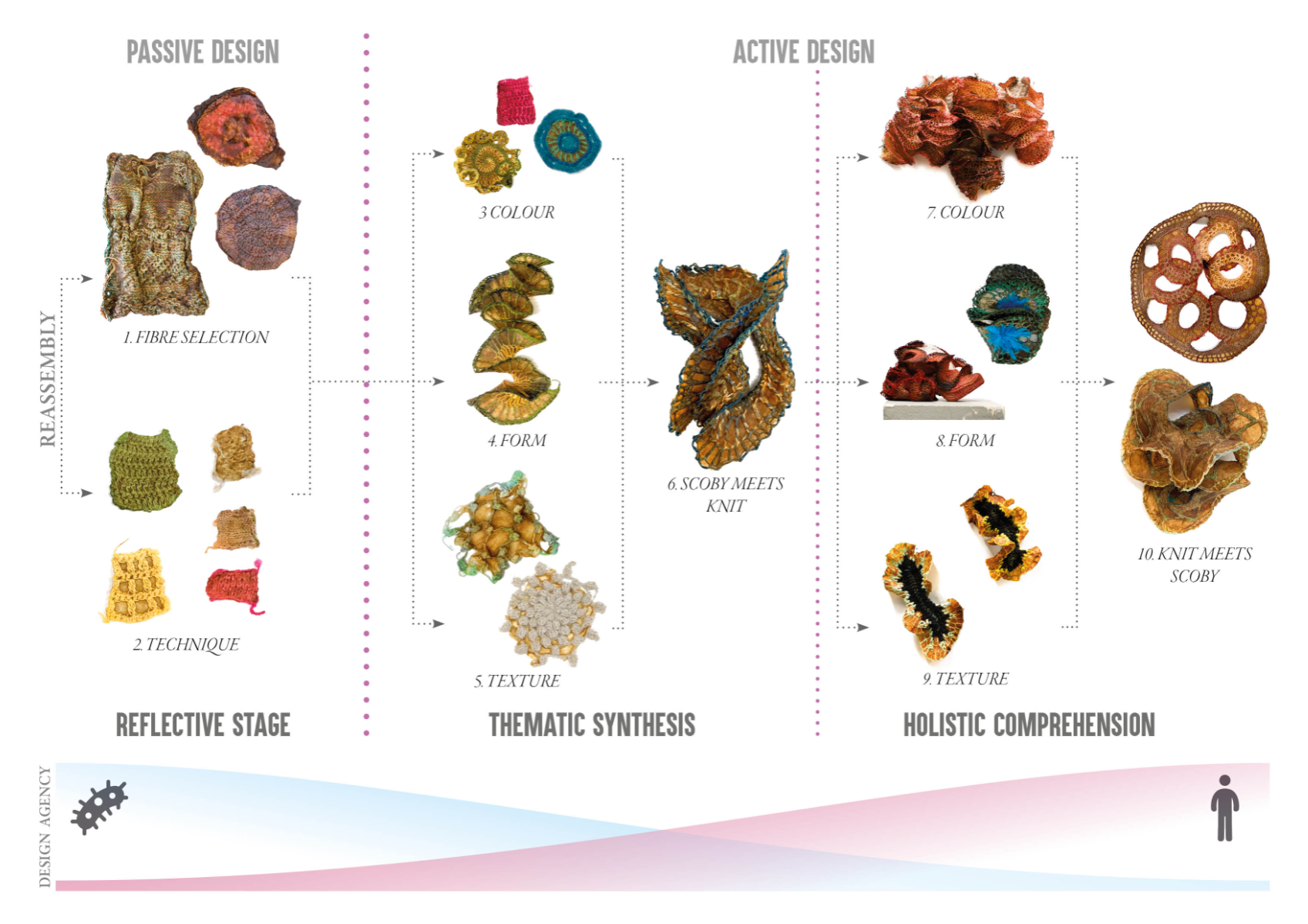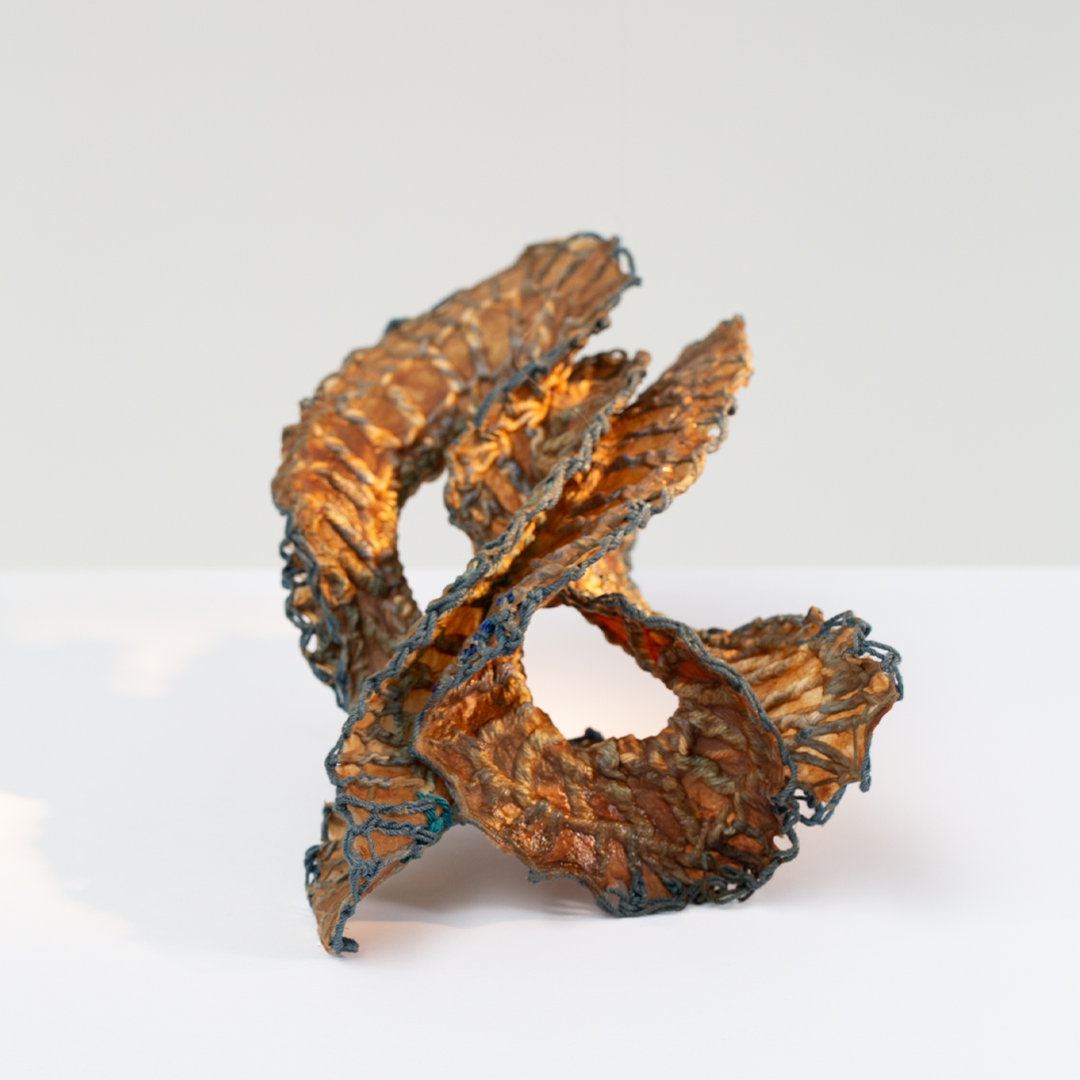Carol De lara
Fashion and Textile Design MA
The Swedish School of Textiles, University of Borås
Graduates: 2024
Specialisms: Material Innovation / Sustainable Fashion/Textiles / Footwear
My location: Kyoto, Japan


Carol De lara

First Name: Carol
Last Name: De lara
University / College: The Swedish School of Textiles, University of Borås
Course / Program: Fashion and Textile Design MA
Graduates: 2024
Specialisms: Material Innovation / Sustainable Fashion/Textiles / Footwear
My Location: Kyoto, Japan
Website: Click To See Website
About
Bacterial Brickbats
‘Bacterial Brickbats’ explores reassembly as a subsidiary property of BC’s natural growth and self-assembling potential through a comprehensive material library. This library consolidates the understanding of BC as a living textile, and acknowledges BC’s organic intelligence as capable of designerly agency by rooting its design method in biological growth patterns and BC’s behaviour towards knitted textiles. From human perspectives, the proposed textiles probe for colour, texture and form studies exploring the optics of textile translation into artefact. Later stages speculate around situated artefact creation and body applications, emphasising transparency and light interaction as unique properties to BC-based composites. Proferring concurrence between bacterial processes and human design conventions, this multi-species approach heeds both human and non-human roles in the design process by progressively and gradually shifting design agency between both parties, affording the human the chance to observe, understand and design in synchrony with BC’s morphology and behaviour.
Competitions























